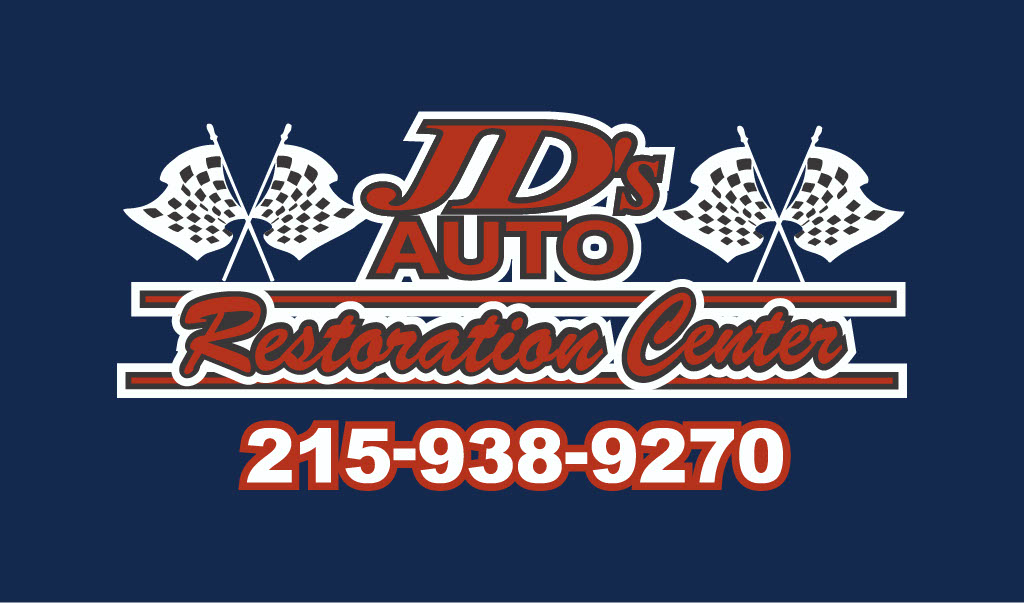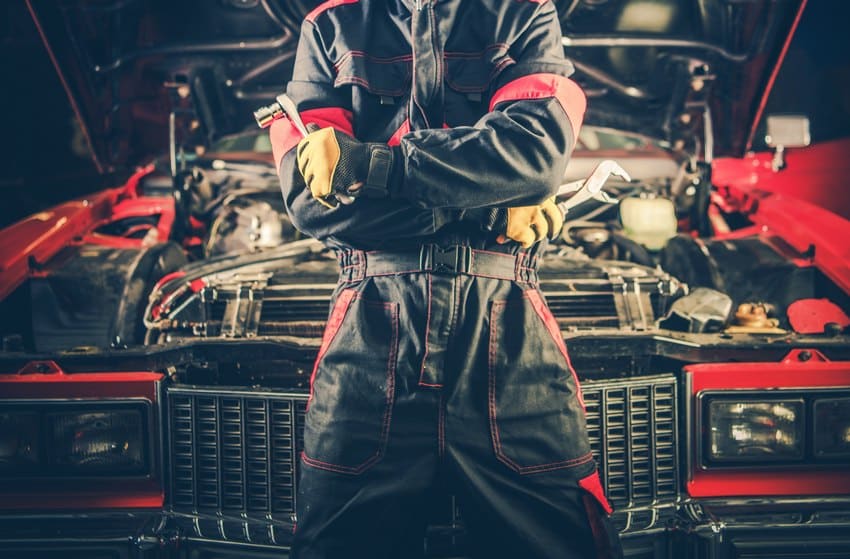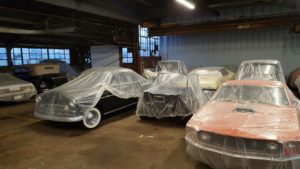Once a pastime for a few avid enthusiasts, car restoration has blossomed into a full-scale and thriving industry that encompasses automotive clubs, car auctions, and modern (and often wealthy) car enthusiasts. The idea of owning a car that’s over 50 years old and restoring so it feels just like it did the day it rolled off the assembly line has become a science in its own right. Here at JD’s Auto Repair, we’re going to give you the basics of restoring a car.
Choose the car you’d like to restore
Unfortunately, not all cars are created equal, so it’s important to consider the car you’d like to restore. Make sure it’s a car you’ve always dreamed of — just restoring any old car will probably be a waste of money and leave you feeling dejected and therefore likely to leave your restoring days behind you. You may also want to consider the rarity of the car. Some cars were made to such limited capacity that parts for them literally don’t exist anymore, so you’ll never truly “restore” them. Finding a car that has parts readily available is a good idea as it will mean you’re less likely to hit problems.
Testing your potential car
Before you hand over the cash, take the car that you’d like to restore for a test drive. Does it run safely on its own? What still works and what will need to be fixed up? How rusty is the body and are there any leaks? How about the tires? Do you have access to the owner’s history? Why is the current owner selling it? All these questions need to be asked when you’re testing out a possible car to buy for a restoration project. The answers to them will give you a good idea about how much needs to be done and whether it’s worth it or if you should move on to another prospect.
Have you got the right tools?
Restoring a car is about much more than giving it a nice paint job and putting on some new tires — a full factory restoration means replacing almost every part and getting it running like new. Of course, you’ll need to change big parts like the engine and wheels, but have you thought about the gauges on the dashboard or the cost of redoing the whole interior? These changes can really add up. This also involves getting a whole set of tools that aren’t usually used on modern cars and this could set you back a pretty penny. Look at how much the gear is going to cost before you dive headfirst into the project — it may be more than you thought!
Restoration projects are a lot of fun, but they are also quite expensive and certainly very time-consuming. If you want a restored vehicle but aren’t too bothered about doing it yourself, bring it down to JD’s Auto Repair. We are experts in restoration and love to get our hands on some of the classics. We’ll have her running like new in no time — and for a lot cheaper than if you had decided to do it yourself!




